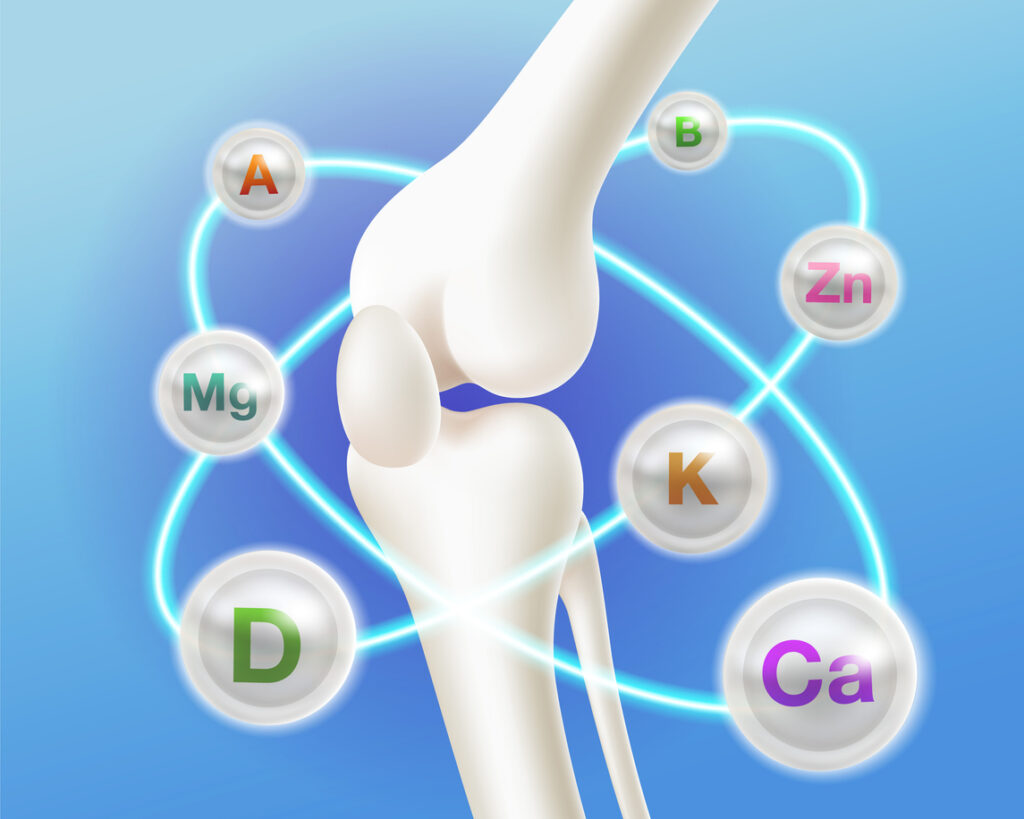Osteoporosis is a condition that weakens bones, causing them to lose density and strength. This makes bones more fragile, increasing the risk of fractures. Often called a “silent disease,” osteoporosis typically doesn’t show symptoms until a fracture happens. It’s most common in older adults, especially postmenopausal women and older men.
Prevalence of Osteoporosis
Osteoporosis impacts millions of people worldwide. The World Health Organization (WHO) reports that about 1 in 4 individuals over 50 are at risk, with weakened bones leading to a higher chance of fractures. Approximately 21.2% of women and 6.3% of men aged 50 and older are affected, totaling an estimated 500 million people globally.
Causes of Osteoporosis
- Age: As we age, bones naturally become weaker.
- Gender :Women, particularly after menopause, have a higher risk.
- A family history of osteoporosis can also raise your risk.
- Nutritional Deficiencies: Low calcium or vitamin D intake can weaken bones.
- Hormonal Changes: Menopause and thyroid issues can impact bone health.
- Inactive Lifestyle: Lack of exercise accelerates bone loss.
- Medications: Long-term use of steroids or other drugs can raise osteoporosis risk.
- Health Conditions: Certain conditions, like rheumatoid arthritis or eating disorders, can increase risk.
Symptoms of Osteoporosis
- Fractures: Bones breaking easily, particularly in the spine, hips, or wrists.
- Back Pain: Pain due to fractured bones in the spine.
- Loss of Height: Gradual shrinking of height due to spine problems.
- Stooped Posture: A hunched or curved back.
- Frequent Fractures: Weaker bones lead to more fractures, even with minimal falls.
Diagnosis of Osteoporosis
Osteoporosis is diagnosed through several methods:
Blood and Urine Tests: These tests check for calcium or vitamin D deficiencies and other underlying conditions affecting bone health.
Bone Density Test (DXA scan): This X-ray test measures bone density, especially in the spine and hip.
Prevention of Osteoporosis
- Eat a Balanced Diet: Ensure you’re getting enough calcium and vitamin D to support bone health.
- Exercise Regularly: Activities like walking, jogging, and strength training can strengthen bones.
- Avoid Smoking: Smoking weakens bones and increases osteoporosis risk.
- Limit Alcohol: Excessive alcohol consumption interferes with bone health.
- Maintain a Healthy Weight: Being underweight can contribute to bone loss.
- Expose to Sunlight
Treatment of Osteoporosis
- Medications: Drugs like bisphosphonates can prevent bone loss and improve bone strength.
- Calcium and Vitamin D Supplements: Essential for supporting bone health.
- Hormone Therapy: For postmenopausal women, hormone replacement therapy (HRT) can help maintain bone density.
- Physical Therapy: Exercises to improve strength, balance, and coordination reduce fall and fracture risks.
- Fall Prevention
Foods for Healthy Bones: Calcium & Vitamin D
Here are some key food sources:
- Dairy Products: Milk, yogurt, cheese
- Leafy Greens: Kale, spinach, collard greens, broccoli
- Fortified Foods: Plant-based milks (almond, soy, oat), fortified cereals
- Tofu
- Fish: Sardines, salmon (with bones)
- Nuts and Seeds: Almonds, chia seeds, sesame seeds
- Legumes: White beans, chickpeas, lentils
- Fruits: Oranges, figs
The Importance of Vitamin D
Vitamin D plays a crucial role in helping the body absorb calcium. You can get vitamin D from sunlight, fortified foods (like milk and cereals), and fatty fish such as salmon.
Key Nutrients for Bone Health
Proper nutrition is key to maintaining bone strength and managing osteoporosis. Here are some essential nutrients:
- Calcium: Found in dairy, leafy greens, fortified foods, and fish with bones. Adults need 1,000 mg daily (1,200 mg for those over 50).
- Vitamin D: Helps absorb calcium. Sources include sunlight, fatty fish, fortified foods, and supplements. Adults need 600 IU daily.
- Magnesium: Supports bone formation and vitamin D activation. Found in nuts, seeds, grains, and leafy greens. Adults need 440 mg daily.
- Vitamin K: Promotes bone mineralization. Found in leafy greens, broccoli, and fermented foods. Men need 120 mcg, women 90 mcg daily.
- Protein: Important for bone structure. Found in meat, poultry, fish, beans, and dairy.
- Phosphorus: Works with calcium to strengthen bones. Found in meat, dairy, fish, and nuts. Adults need 600 mg daily.
- Boron: Helps retain calcium and magnesium in bones. Found in nuts, raisins, and leafy greens.
- Vitamin C: Aids collagen formation in bones. Found in citrus fruits, berries, and peppers. Adults need 75-80 mg daily.
- Omega-3 Fatty Acids: Improve bone density and reduce inflammation. Found in fatty fish, flaxseeds, and walnuts. Aim for 2 servings of fatty fish per week.
“Don’t Let Osteoporosis Slow You Down: Stay Strong – Contact Us Today!”
Author- D. Sreenidhi Varma
Clinical Dietician

